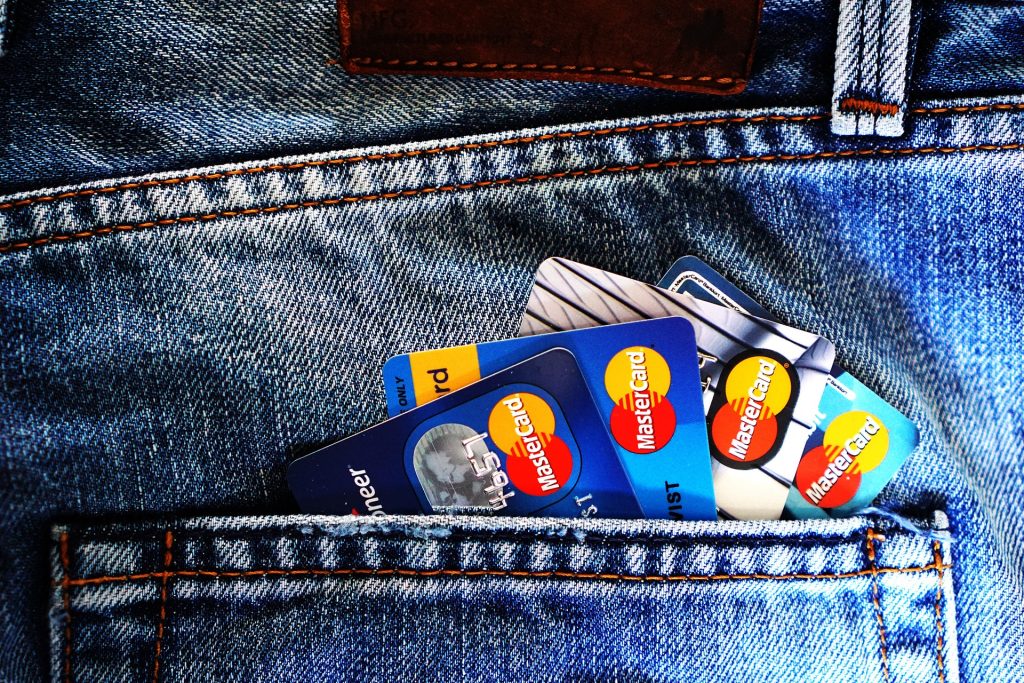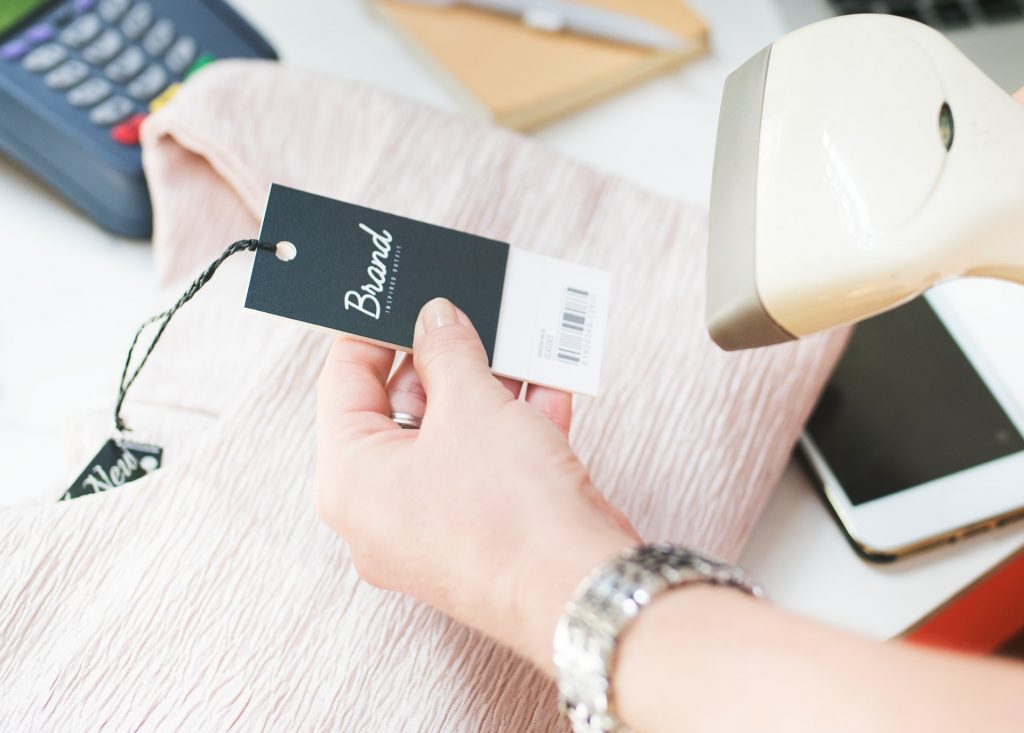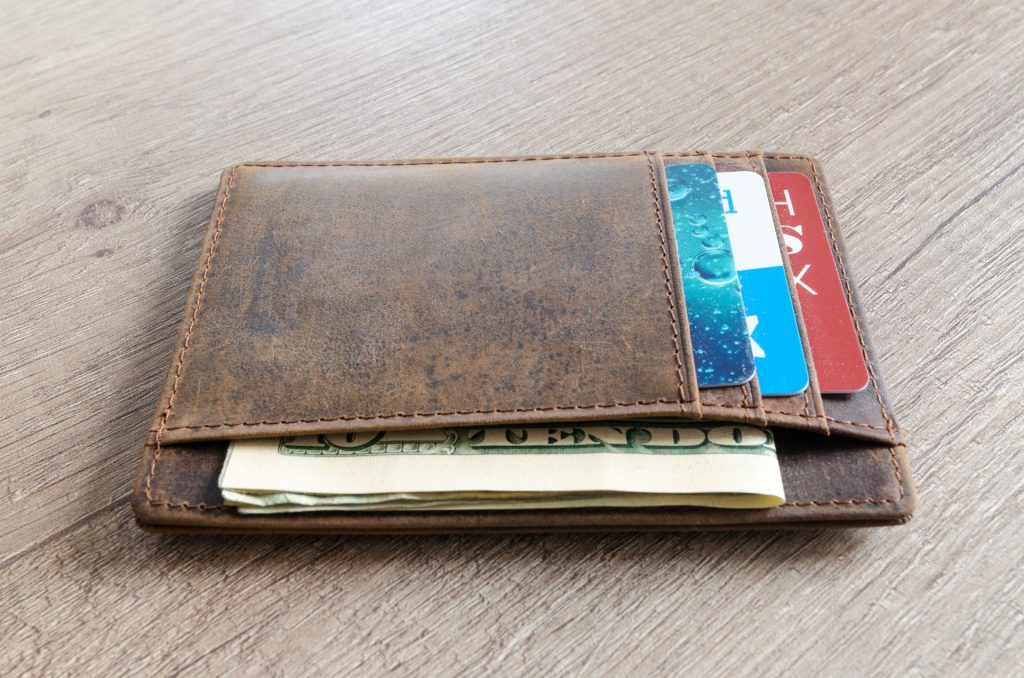Accepting credit cards is a necessary aspect of doing business today. It’s easy for consumers to enter their personal identification number (PIN) to complete a purchase. However, the fees associated with accepting credit cards can be complicated for businesses to understand. Card processing fees, surcharges and convenience fees are just some of the credit card issues that businesses need to grapple with.
Here’s a guide for everything you need to know about card surcharges, discounts and convenience fees so you have a better understanding of how they affect your business. And to get a better understanding of how Workforce Management software like Deputy can optimize your leadership’s efficiency, click here to 
What is a card surcharge?
A card surcharge is when a small fee is added to a transaction. This fee covers the fee that the merchant would pay for processing the credit card transaction. Adding surcharges to cards is a complex issue, which is governed by different state laws and card associations.
Card surcharge regulations vary according to different states. The following are some states that have stopped the practice of credit card surcharging:
- California
- Colorado
- Connecticut
- Florida
- Kansas
- Maine
- Massachusetts
- New York
- Oklahoma
- Texas
You need to check with your local labor department to find out whether you’re allowed to apply card surcharges and, if so, under what conditions. You must check every state that your business operates in to find out whether you can apply surcharges. For example, if you have a retail store in different states, you can’t adopt a one-size-fits-all approach to card surcharges.
Surcharges only apply to credit cards. You’re not permitted to apply surcharges on prepaid or debit cards.
After you’ve ensured that you’re allowed to apply surcharges in your state, you need to review every type of card your business accepts to determine how they will impact your payment policy. You’ll then need to let the card networks and the merchant acquirers know you’re thinking about applying a surcharge. Additionally, you must work with your point of sale (POS) provider to ensure it’s configured correctly to start accepting the correct surcharge.
Card networks and surcharges
Card networks such as Visa, Discover and American Express have different rules and regulations relating to surcharges. You’ll need to contact each card network separately to make sure you stick to their guidelines. Card networks want to ensure businesses do their best to encourage customers to pay with their particular credit card. Adding a surcharge could be seen as a way to turn people off using a particular card, therefore, the card networks apply stringent requirements to businesses that want to apply surcharges.
Most card networks will have the following stipulations if your business wants to start applying surcharges:
- You can only charge a specified amount as a surcharge.
- You need to inform your customers about the surcharge by including a visible notice in your store.
- You need to let your card network know that you intend to impose a surcharge at least 30 days in advance.
- Your POS system needs to be able to print the surcharge on the customer’s receipt as a separate line item.
Is there a maximum surcharge?
Generally, you can’t apply a surcharge fee that’s more than the amount you pay your card processor. This is a maximum of 4% so, if you pay your card processor more than 4%, you won’t be able to apply more than this for your surcharge. You also have to apply the same surcharge for all the card networks. For example, if you apply a 2% surcharge on Visa credit cards, you must also charge 2% on all the other credit cards you accept.
POS systems and surcharges
If you decide to apply a surcharge, your customers’ receipt must show the surcharge as a separate line item. If you use a mobile POS system, like PayPal or Square, you will not be able to itemize your receipt to show the surcharge. You’ll need to check the terms and conditions of your POS system to find out whether you’re allowed to apply a surcharge.
Giving the proper notice
Your customers must not be caught off-guard in terms of surcharges. You must have a notice at the entrance of your store informing everyone who comes in that you’ll impose a surcharge on every transaction made by credit card. You also need to have a surcharge notice clearly displayed at your POS system. In order to satisfy the surcharge requirements, the notice must include the rate you charge and also the fact that it will not be more than the processing fee.
Should your business apply a surcharge?
If your state allows surcharges, you’ll need to make every effort to ensure you understand and apply all the rules that apply to imposing surcharges. You must also have the right equipment to print the required receipts. If you’re using a mobile POS, you may need to upgrade to a full POS to satisfy the card network requirements of itemized receipts.
Although imposing a surcharge could save you money, you could end up losing out on business if customers refuse to shop with you because they refuse to pay the surcharge.
You should review the needs of your business to weigh-up the pros and cons of applying a surcharge. If you’re considering imposing a surcharge because your card processing fees are too high, try researching a different card processor with more affordable fees.
You need to be careful when applying surcharges because they can’t be placed on debit card purchases. Therefore, your POS system needs to be able to differentiate between credit and debit cards. Failing to make this distinction can result in your business being fined for wrongfully charging your customer.
What is a cash discount?
As some businesses operate in states where surcharging is illegal, they offer a cash discount to their customers instead. The cash discount option is also taken by some businesses that are permitted to offer surcharges but they are put off by the hoops they need to jump through.
In essence, a cash discount is where your business gives a discount to customers who pay by check or cash. This discount is offered because the payment by cash has saved you from paying a card processing fee.
You need to find out about your state laws for every location of your business in relation to offering cash discounts. Generally, states that have banned surcharges are fine with businesses offering cash discounts.
Benefits of cash discounts
When offering a cash discount, the main advantage for your business is that you get to boost your cash flow because you are paying less for credit card transaction fees. Offering cash discounts is a way to increase your customer experience because they will be happy to receive some money off their purchases.
Cash discounts can also increase your sales because it (irrespective of how small) may convince a customer to buy from your store. Cash discounts save you the time and effort of applying to different card networks and all the other administrative burden that is involved in applying a surcharge.
The downsides of cash discounts
The disadvantages of card discounts is that it’s proven people buy and spend more when paying with their credit cards. This is because paying with a credit card is not associated with handing over cash, which psychologically may be more painful. Some customers may not be happy with your cash discount offering. They may feel like you’re penalizing them for paying with a credit card. Customers paying by card may become annoyed they aren’t being treated the same way as those who pay with cash.
Cash discount notification
You must still comply with specific regulations when offering your customers cash discounts. A notice must be placed where customers can easily read that you normally charge a service fee but this will not apply if a customer pays in cash. To avoid confusion, you should place a notice around your store, including around your POS system.
Your receipt must also detail that the service fee was not applicable because your customer paid in cash.
What is a credit card convenience fee?
A convenience fee is where a business charges a customer more for being allowed to pay with an additional type of payment. For example, if your business generally accepts cash, accepting a credit card is an added convenience for your customer, so you charge them a fee for this privilege.
When can you charge a convenience fee?
You can charge a convenience fee when:
- The fee represents a genuine convenience, like payments over the phone.
- Someone is not making a payment in person.
- You have clearly explained to the customer that a fee will be charged.
- Your business is not in a ‘card not present’ environment.
- The fee is fixed and not a percentage of the purchase.
- You have given the customer enough notice to cancel the transaction if they do not want to pay the convenience fee.
You must check with your state to find out whether convenience fees are legal. The following states have banned convenience fees:
- Colorado
- Connecticut
- Kansas
- Maine
- Massachusetts
- Oklahoma
- Texas
Convenience fees can be charged in recurring payments like utility bills. However, some utility companies have decided to get rid of convenience fees.
Convenience fees and credit card companies
Similar to surcharges, credit card companies also have different rules for convenience fees. Visa’s regulations, in terms of convenience fees, appear to be the strictest. It is recommended that businesses follow Visa’s rules because this is likely to satisfy the requirements of other credit card companies.
Surcharges vs. convenience fees
Convenience fees and surcharges are sometimes used interchangeably but they are not the same. Firstly, surcharges only apply to credit cards. Convenience fees can apply to both debit and credit cards. Organizations, like debt collection agencies, are not allowed to charge surcharges but can impose convenience fees.
A surcharge must be included in the total amount of the transaction. For instance, if a customer paid $50 for a shirt at your retail store and the surcharge was $2, the total would be $52 instead of $50 plus a separate $2. Both convenience fees and surcharges cannot be used in an environment that is ‘card not present.’
Consequences of violating convenience fees
If you improperly charge your customers convenience fees, you will be expected to pay very harsh penalties. Your credit card companies can also ban you from accepting credit cards. You could face legal issues if you do not provide adequate notification of convenience fees or if you charge convenience fees in a state where they are banned.
There are several cases that demonstrate what happens when businesses violate the rules in terms of convenience fees.
Conclusion
There is a lot to consider when determining whether to apply a surcharge, a convenience fee or to give a cash discount. Accepting credit cards can appear to come with many issues. However, for most businesses, refusing payment by credit card is not an option because it is the second most popular form of making payments.
The key is to weigh the pros and cons of surcharges, convenience fees and cash discounts and decide whether your business can absorb credit card processing fees without passing on an extra expense to your customer.
About Deputy
Deputy transforms how you operate your business by removing the day-to-day pressures of team management. Our scheduling software provides a host of features that improve communication, performance and much more.
Deputy is already trusted by more than 90,000 businesses, ranging from mom and pop shops to global leaders, like Nike and Amazon.








